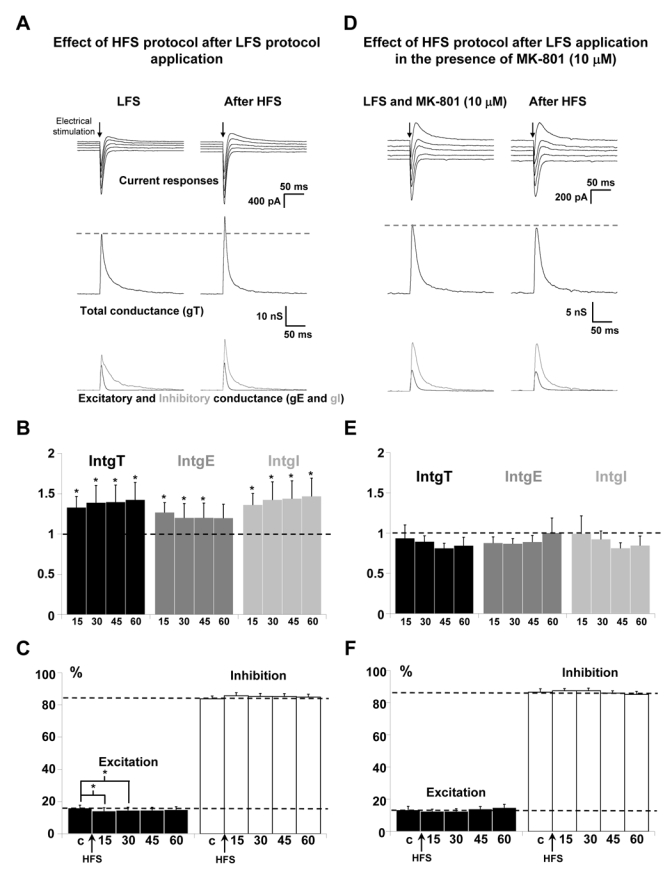Figure 4. Effect of synaptic NMDARs blockade on the potentiation of layer 5 pyramidal neurons inputs.

(A) Left column: representative recordings after application of LFS protocol in layer 2/3. Right column: the LFS protocol was followed by an HFS protocol and recordings were done 60 min after the HFS protocol. Upper traces: current responses of a layer 5 pyramidal neuron to electrical stimulation. Imposed membrane potential ranged for −60 to −80 mV. The amplitudes of current responses were increased after HFS application. Medium traces: decomposition of the responses in total conductance change (gT). Lower traces: decomposition of gT in excitatory and inhibitory conductance changes (gE, dark grey and gI, light grey). Total, excitatory and inhibitory conductance changes were all increased.
(B) Relative changes (compared to control) of intgT (black bars), intgE (dark grey bars) and intgI (light grey bars), after HFS in layer 2/3 (n = 14) after application of LFS protocol. (*** p < 0.001, ** p < 0.01 and * p < 0.05, t-test).
(C) Relative contribution of excitation and inhibition conductance changes to the total conductance change, after application of LFS protocol, without MK 801. (c:control before HFS protocol).
(D-E-F) Application of HFS after application of a LFS protocol in the presence of 10 μM MK-801 (n = 13). Legends are identical to those in A-B-C. No significant variations of total, excitatory and inhibitory conductance changes were observed after HFS.
